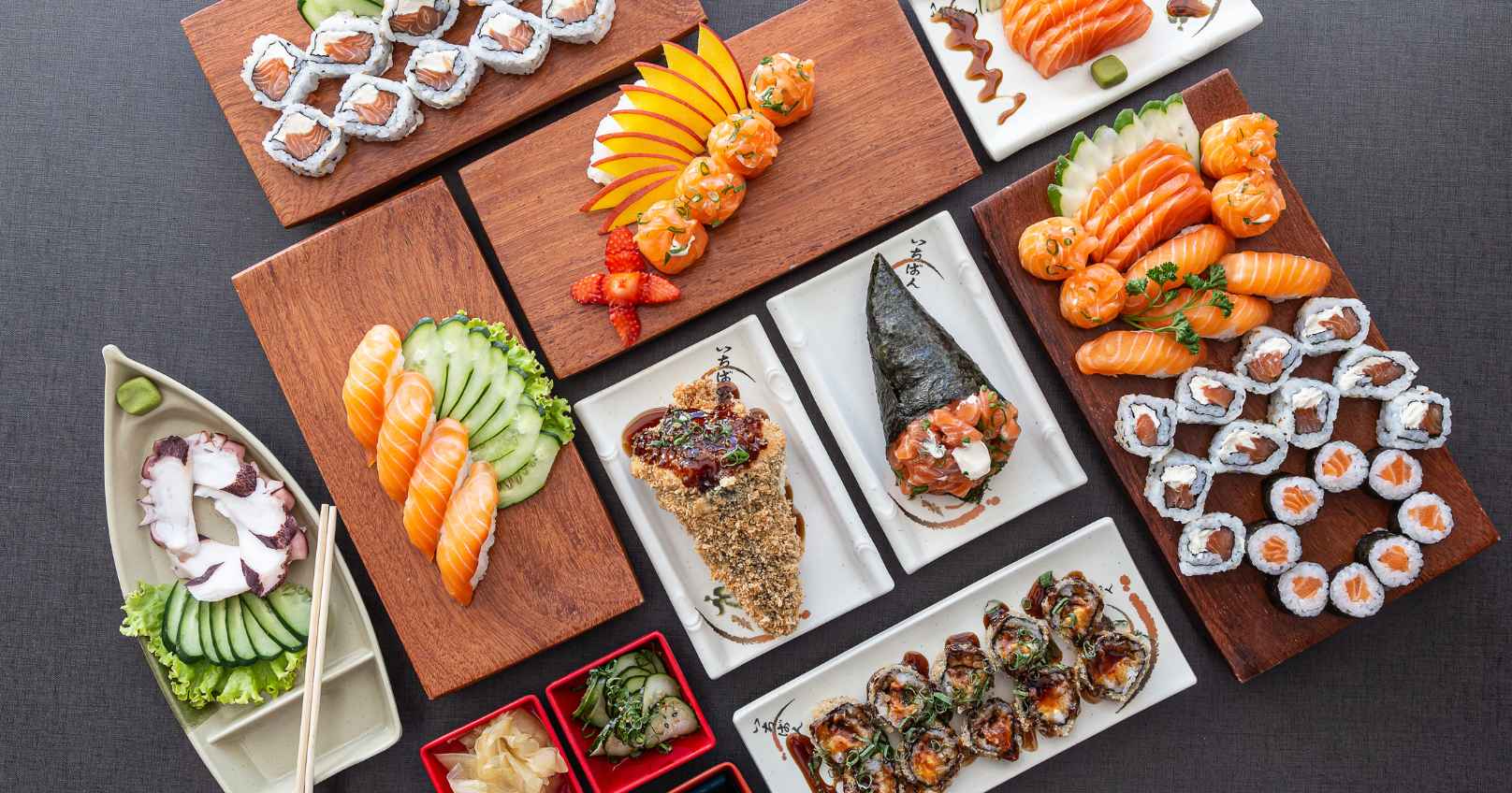March 21, 2025
Location: Tokyo, Japan
Japan’s renowned culinary scene has always been synonymous with tradition, precision, and innovation. In 2025, the country’s food landscape is evolving at an unprecedented pace, with new trends emerging that are reshaping the way Japanese food is prepared, consumed, and enjoyed worldwide. From plant-based sushi to hyper-localized ingredients, Japan is embracing the future of food while staying rooted in its rich culinary heritage.
A Rise in Plant-Based Cuisine

One of the most notable trends in Japan’s food industry is the surge in plant-based cuisine. As sustainability becomes a more significant concern globally, Japanese restaurants are increasingly offering plant-based versions of traditional dishes. The global popularity of veganism and vegetarianism has made its way to Japan, and local chefs are innovating new ways to blend traditional Japanese flavors with plant-based ingredients.
For instance, in Tokyo, the restaurant Shizen Sushi has started offering a fully vegan sushi menu. Featuring ingredients like edamame beans, avocado, and mushrooms, Shizen Sushi’s creations have taken the city by storm. Japan Times reports that plant-based sushi now accounts for over 10% of sushi sales in some major metropolitan areas.
Furthermore, companies like Oisix, a popular Japanese food delivery service, are introducing plant-based meat alternatives, including soy-based products that mimic the texture and taste of chicken and beef. These innovations allow Japanese consumers to enjoy their favorite dishes while contributing to a sustainable food system.
For more information about plant-based sushi trends in Japan, visit Japan Today’s coverage.
Hyper-Local Ingredients: A Focus on Regionality

In 2025, Japan’s food culture is shifting towards a greater appreciation for hyper-local ingredients. Chefs are exploring the unique flavors of lesser-known regions, using locally sourced produce, seafood, and meats that are not typically found in mass markets. This movement aligns with the country’s growing interest in food sustainability and supporting local farmers and artisans.
In Kyushu, renowned for its fertile land and coastal resources, restaurants are highlighting the unique flavors of local products like Bungo beef and Kyushu citrus. Meanwhile, in the rural Tohoku region, an increased focus on wild-caught fish and heirloom vegetables is transforming how food is prepared and enjoyed.
These regional ingredients are not just about sustainability—they also allow chefs to create new and innovative dishes that showcase the diversity of Japan’s food culture. Regional food festivals like The Tohoku Food Festival in Tokyo celebrate these hyper-local ingredients, where chefs from across the nation collaborate to showcase the flavors of their regions.
The Influence of Technology: Robotics and AI in the Kitchen

Japan, always at the forefront of technological advancements, is integrating cutting-edge robotics and artificial intelligence (AI) into its food industry. Restaurants are increasingly using robots to assist in food preparation, reducing labor costs and improving consistency. One notable example is Sushiro, a popular sushi chain, which has implemented robots to automate certain parts of sushi preparation. These robots can slice fish, assemble rolls, and even serve customers, all while maintaining high standards of food safety and quality.
AI-driven apps are also helping restaurants and home cooks alike to enhance their culinary experiences. These apps analyze customer preferences and offer personalized recipes, taking into account seasonal ingredients and dietary restrictions. Komeko, an AI-powered app, has gained popularity by suggesting recipes based on available ingredients and even offering tips on improving cooking techniques.
To learn more about the use of technology in Japan’s food industry, visit The Japan Times’ Technology Section.
Sweet Revolution: Japan’s Love Affair with Innovative Desserts

Japanese desserts, or wagashi, have long been celebrated for their beauty and delicate flavors. However, in 2025, there has been an explosion of innovative desserts that blend Japanese traditions with international influences. This includes trendy desserts like matcha tiramisu, mochi ice cream, and the introduction of boba (bubble tea) flavored sweets.
Tokyo’s dessert scene has become a haven for foodies looking to experience the next big thing in sweets. Ginza’s Patisserie Sato has recently introduced a unique “Mochi Crepe,” combining soft mochi with a delicate crepe and filling it with fresh fruit and whipped cream. The dessert quickly gained popularity on Instagram, drawing both locals and tourists.
Sweets by Shirokuma, an innovative dessert shop in Osaka, is also experimenting with incorporating local fruit flavors, such as yuzu and persimmon, into their creations. These bold twists on traditional desserts are capturing the imagination of young people, pushing the boundaries of Japan’s iconic dessert culture.
A Bright Future for Japanese Food
Japan’s food culture continues to evolve and adapt in 2025, blending innovation with tradition in exciting new ways. From plant-based sushi to the rise of hyper-local ingredients and the integration of cutting-edge technology, the future of food in Japan is one that celebrates both creativity and sustainability.
As global consumers continue to discover Japanese cuisine, these evolving trends will likely influence how Japanese food is perceived and enjoyed around the world. Whether you’re in Tokyo, Kyoto, or anywhere in between, there’s never been a more exciting time to explore the flavors of Japan.
For more insights on Japan’s evolving culinary scene, visit Eater Japan for in-depth articles on food trends and restaurant openings.




